New evidence of Japanese germ warfare unit made public

This photo taken on Sept. 2, 2023 shows a photocopy of a roster of Japanese army hospitals that cooperated with Unit 731, a Japanese germ warfare army during World War II, at the Exhibition Hall of Evidences of Crime Committed by Unit 731 of the Japanese Imperial Army in Harbin, northeast China's Heilongjiang Province.(Xinhua/Zhang Tao)
HARBIN, Sept. 3 (Xinhua) -- Two rosters of Japanese army hospitals that cooperated with Unit 731, a Japanese germ warfare army during World War II, has gone on public display for the first time in Harbin, northeast China's Heilongjiang Province.
The new evidence of "crimes committed by Unit 731 through military-medical coordination" was made public on Sunday by the Exhibition Hall of Evidences of Crime Committed by Unit 731 of the Japanese Imperial Army, which is located in Harbin, as China marks the 78th anniversary of the victory of the Chinese People's War of Resistance Against Japanese Aggression and the World Anti-Fascist War.
The rosters contained lists of names of staff members from 24 Japanese army hospitals in Chinese cities, including Harbin, Dalian, and Mudanjiang.
Six pages in length, and classified as a military secret, the rosters were compiled by the Japanese Kwantung Army in August 1940, and discovered in the National Archives of Japan as a result of the cooperation of the exhibition hall and Japanese scholar Seiya Matsuno.
Furthermore, clues about cooperation between a Japanese army hospital in Harbin and Unit 731 in a plague outbreak in Jilin Province have also been discovered.
A document showed that in October 1940, the Japanese Kwantung Army dispatched the Japanese army hospital in Harbin to engage in the "prevention and control" of plague bacteria carried out by Unit 731, which was, in fact, operations to test the results of a plague bacteria attack in the name of outbreak control.
The discoveries further suggested that the Japanese army hospital in Harbin was closely related to Unit 731 and was an extension of medical crimes committed by Unit 731, said Jin Shicheng, a researcher with the exhibition hall.
Studies found that the human experiments and germ warfare carried out by Unit 731 were assisted by Japanese wartime medical institutions, said Jin Chengmin, curator of the exhibition hall. "It once again proves that the Japanese invasion of China was a top-down, organized, and planned group crime carried out by the Japanese militarism."
Unit 731 was a top-secret biological and chemical warfare research base established in Harbin as the nerve center for Japanese biological warfare in China and Southeast Asia during World War II.

This photo taken on Sept. 2, 2023 shows a photocopy of a roster of Japanese army hospitals that cooperated with Unit 731, a Japanese germ warfare army during World War II, at the Exhibition Hall of Evidences of Crime Committed by Unit 731 of the Japanese Imperial Army in Harbin, northeast China's Heilongjiang Province.(Xinhua/Zhang Tao)
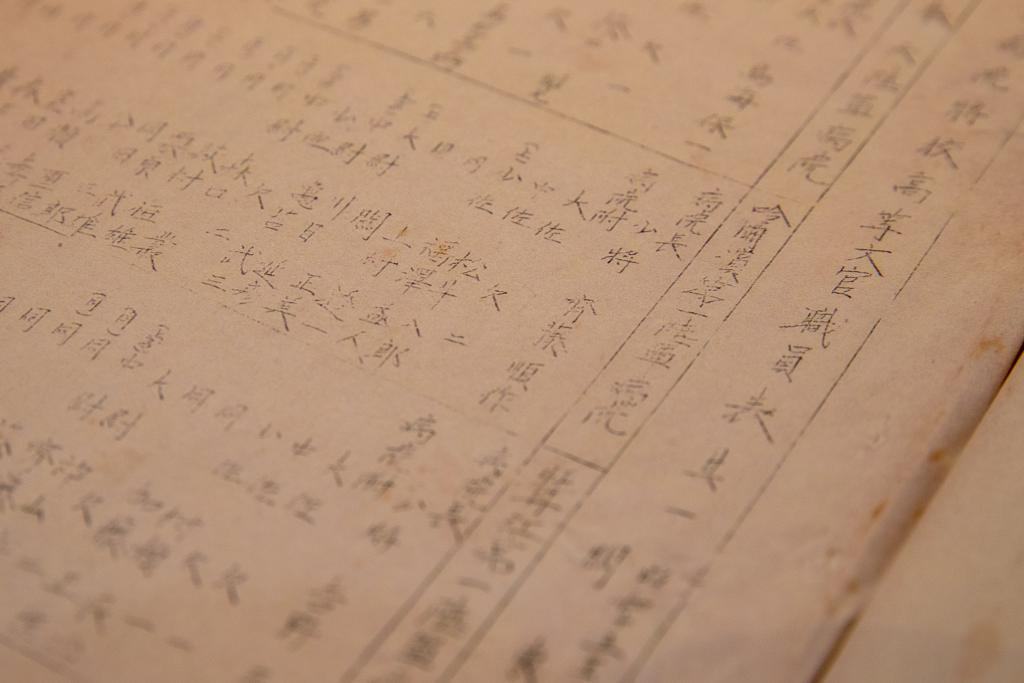
This photo taken on Sept. 2, 2023 shows a photocopy of a roster of Japanese army hospitals that cooperated with Unit 731, a Japanese germ warfare army during World War II, at the Exhibition Hall of Evidences of Crime Committed by Unit 731 of the Japanese Imperial Army in Harbin, northeast China's Heilongjiang Province.(Xinhua/Zhang Tao)
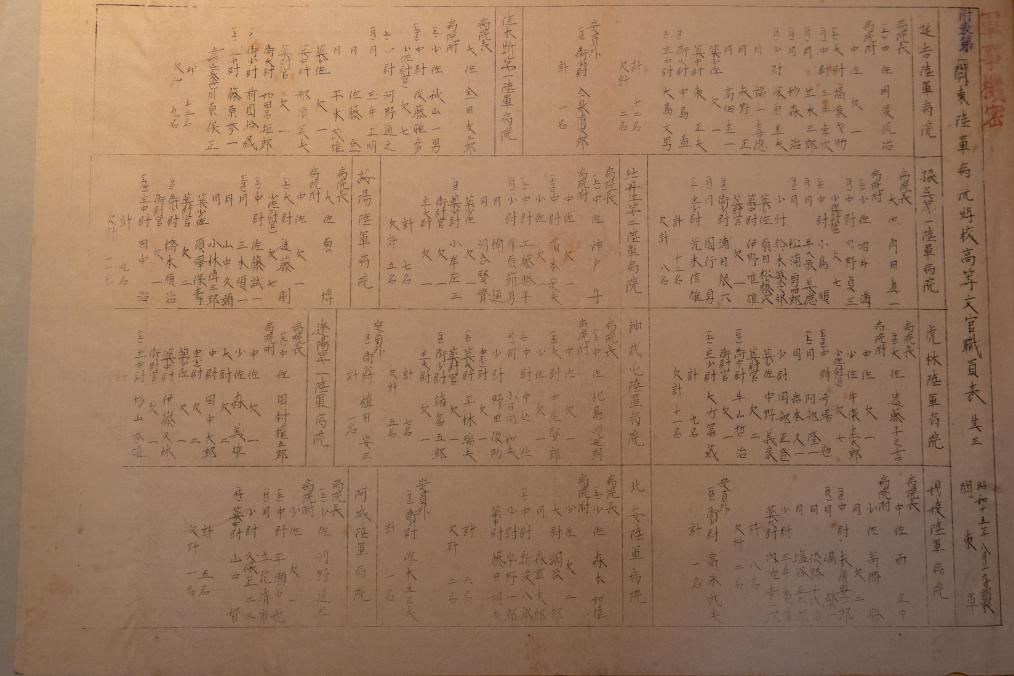
This photo taken on Sept. 2, 2023 shows a photocopy of a roster of Japanese army hospitals that cooperated with Unit 731, a Japanese germ warfare army during World War II, at the Exhibition Hall of Evidences of Crime Committed by Unit 731 of the Japanese Imperial Army in Harbin, northeast China's Heilongjiang Province.(Xinhua/Zhang Tao)
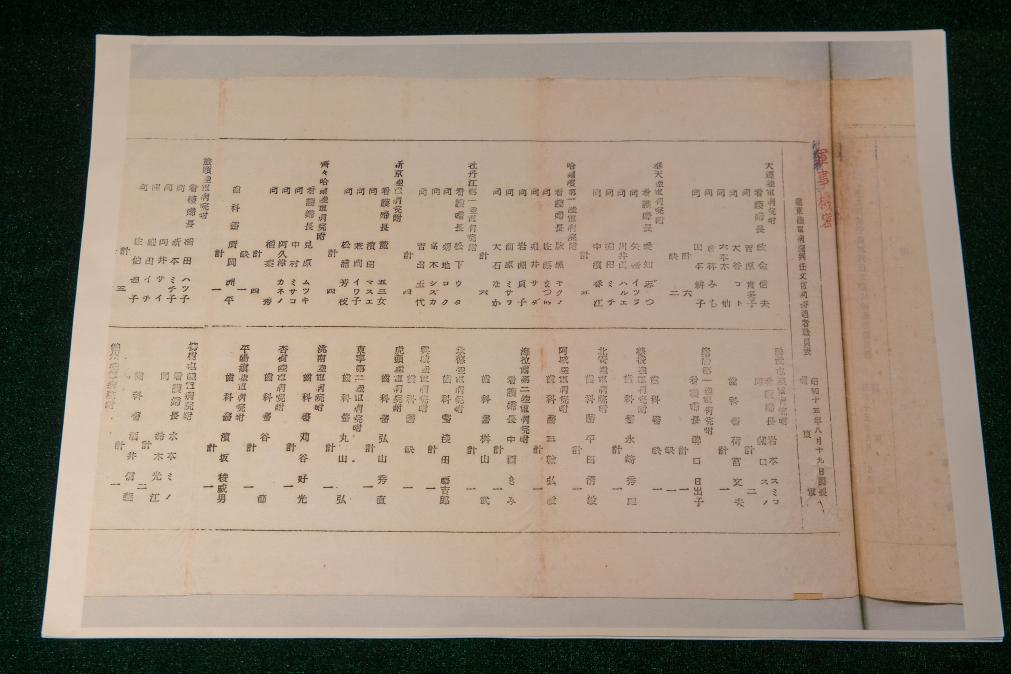
This photo taken on Sept. 2, 2023 shows a photocopy of a roster of Japanese army hospitals that cooperated with Unit 731, a Japanese germ warfare army during World War II, at the Exhibition Hall of Evidences of Crime Committed by Unit 731 of the Japanese Imperial Army in Harbin, northeast China's Heilongjiang Province.(Xinhua/Zhang Tao)
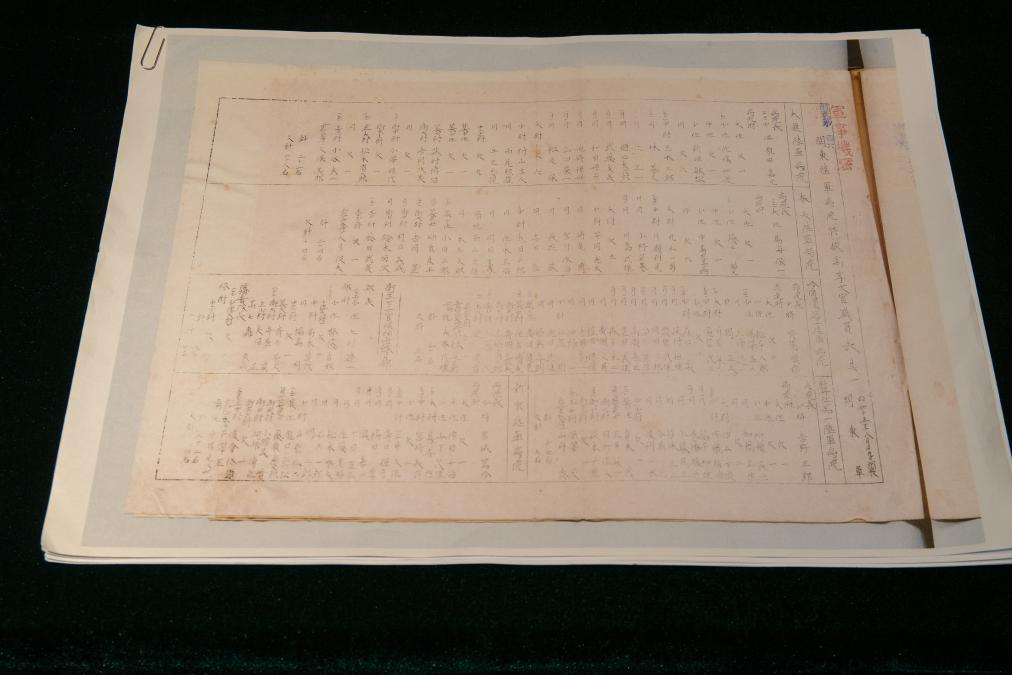
This photo taken on Sept. 2, 2023 shows a photocopy of a roster of Japanese army hospitals that cooperated with Unit 731, a Japanese germ warfare army during World War II, at the Exhibition Hall of Evidences of Crime Committed by Unit 731 of the Japanese Imperial Army in Harbin, northeast China's Heilongjiang Province.(Xinhua/Zhang Tao)
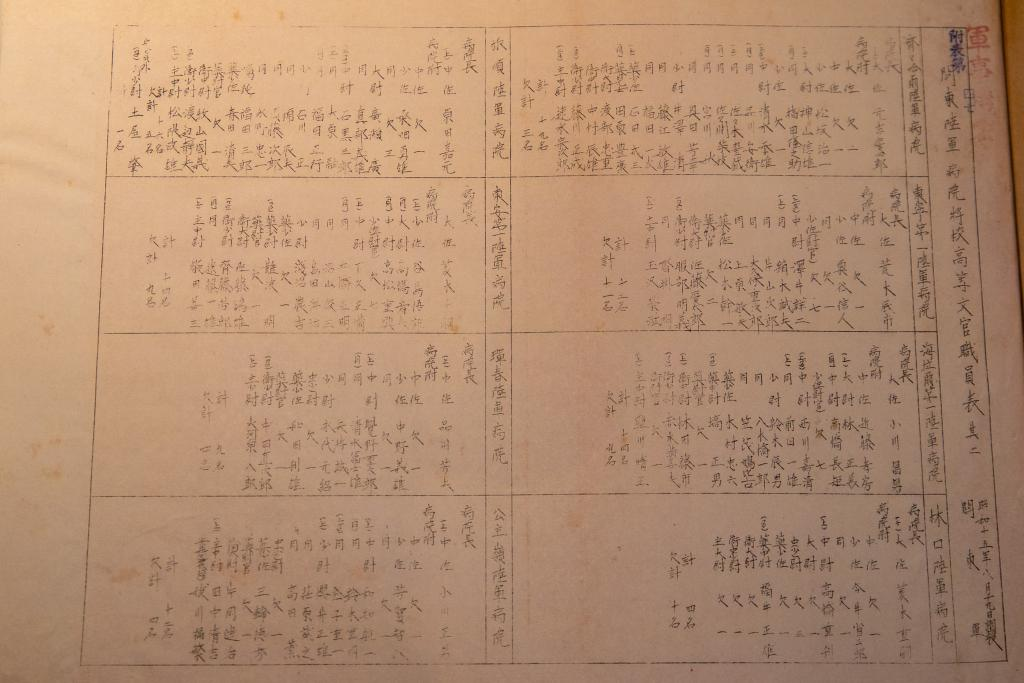
This photo taken on Sept. 2, 2023 shows a photocopy of a roster of Japanese army hospitals that cooperated with Unit 731, a Japanese germ warfare army during World War II, at the Exhibition Hall of Evidences of Crime Committed by Unit 731 of the Japanese Imperial Army in Harbin, northeast China's Heilongjiang Province.(Xinhua/Zhang Tao)

This photo taken on Sept. 2, 2023 shows a photocopy of a roster of Japanese army hospitals that cooperated with Unit 731, a Japanese germ warfare army during World War II, at the Exhibition Hall of Evidences of Crime Committed by Unit 731 of the Japanese Imperial Army in Harbin, northeast China's Heilongjiang Province.(Xinhua/Zhang Tao)

This photo taken on Sept. 2, 2023 shows a photocopy of a roster of Japanese army hospitals that cooperated with Unit 731, a Japanese germ warfare army during World War II, at the Exhibition Hall of Evidences of Crime Committed by Unit 731 of the Japanese Imperial Army in Harbin, northeast China's Heilongjiang Province.(Xinhua/Zhang Tao)
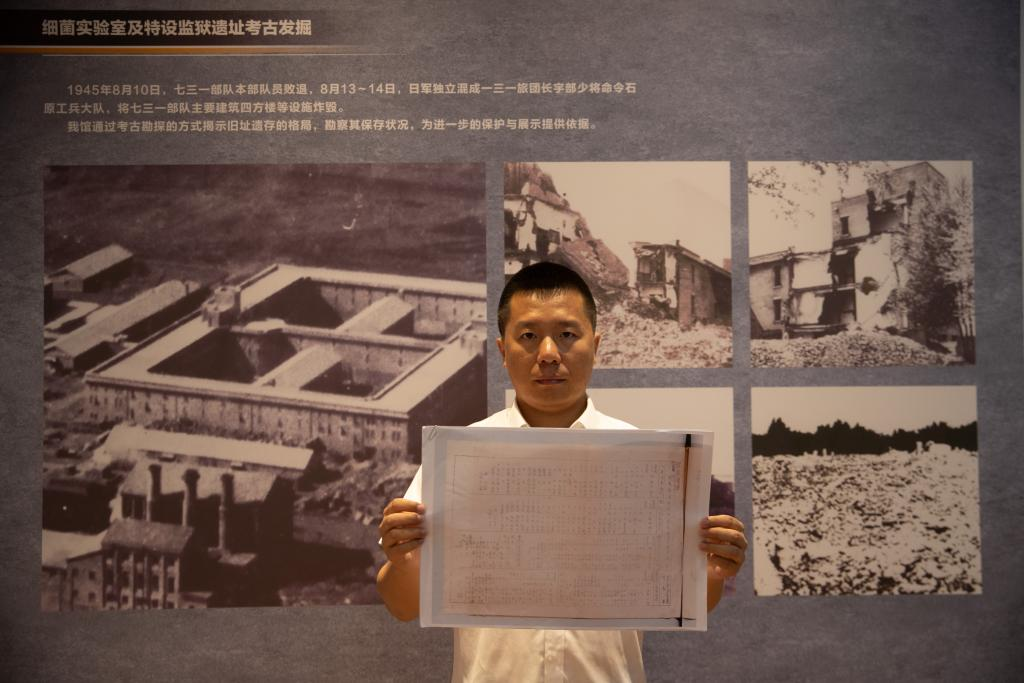
Jin Shicheng, a researcher with the exhibition hall, presents new evidence of "crimes committed by Unit 731 through military-medical coordination" at the Exhibition Hall of Evidences of Crime Committed by Unit 731 of the Japanese Imperial Army in Harbin, northeast China's Heilongjiang Province, Sept. 2, 2023.(Xinhua/Zhang Tao)

Jin Shicheng, a researcher with the exhibition hall, presents new evidence of "crimes committed by Unit 731 through military-medical coordination" at the Exhibition Hall of Evidences of Crime Committed by Unit 731 of the Japanese Imperial Army in Harbin, northeast China's Heilongjiang Province, Sept. 2, 2023.(Xinhua/Zhang Tao)
Photos
Related Stories
- Museums attest to ties between China, Korean Peninsula in fight against Japanese aggression
- Documentary spotlights WWII tragedy's impact on British families and courage of Chinese fishermen
- Feature: Japan's "poison gas island" and lingering shadows of war atrocities
- Symposium on legacy of resistance war against Japanese aggression held in SW China
- Feature: Ahn Jung-geun, fighter against Japanese aggression commemorated by China, South Korea
Copyright © 2023 People's Daily Online. All Rights Reserved.









